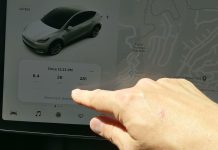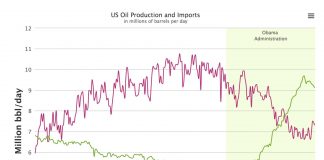Here is the latest reader question, along with my reply:
Frank asks: I am looking to purchase a pre-owned Ford Fusion (2014-2016). The two base engines are a 2.5L (no turbo) and a 1.5L (turbocharged). The 1.5L puts out 10 hp and 14 more ft-lbs. of torque than the 2.5L. I visit your website weekly, and I get the impression you believe there is a reliability factor involved with turbocharging. Given the relatively small difference between the output of these two engines, which would you recommend?
P.S. Have you tested this car (or these Ford engines) in the past?
My reply: The turbo engine’s main advantage is not torque output in this case but when it produces torque. This is usually sooner – often, at an engine speed (RPM) not much higher than idle speed – around 1,600-2000 RPM or so. The normally aspirated (non-turbocharged) engine’s lower peak torque output occurs higher in the power band – around 4,000 or so RPM is typical for a four cylinder engine. In everyday driving terms, this means the turbocharged engine pulls stronger, sooner – it feels more powerful than the hp and torque numbers indicate. The car accelerates with less apparent effort, because it is not necessary to rev the engine to get a reaction out of it.
That is the upside.
The downsides – plural – are that the turbocharged engine is more complex – has more parts – and is more stressed, being pressurized. This increases the chances you’ll be paying for an expensive repair at some point, such as for a new turbocharger. If you buy a used car with a turbocharged engine, the chances increase – because the car already has been in use – wear and tear – and may have been abused (accelerated wear and tear).
And, of course, the warranty coverage is either gone or soon will be – unless you buy extended coverage.
With the non-turbocharged engine, you will never have to worry about turbo (or intercooler) failure because the engine hasn’t got these components. It is simpler – and so less likely (all else being equal) to give you trouble down the road.
It really comes down to whether you value the turbocharged engine’s better performance more than than the likely greater durability (and lower ownerships costs) of the non-turbocharged engine. If you decide to go with the turbo, try to get the dealer to throw in an extended warranty on the drivetrain (engine/transmission) as part of the deal.
PS: Yes, I have test driven these Fords, with and without the turbocharged engines. The difference between the two are as described above!
. . .
Got a question about cars – or anything else? Click on the “ask Eric” link and send ’em in!
If you like what you’ve found here, please consider supporting EPautos.
We depend on you to keep the wheels turning!
Our donate button is here.
If you prefer not to use PayPal, our mailing address is:
EPautos
721 Hummingbird Lane SE
Copper Hill, VA 24079
PS: EPautos magnets – they’re back! are free to those who send in $20 or more to support the site. Also, the eBook – free! – is available. Click here. Just enter you email in the box on the top of the main page and we’ll email you a copy instantly!












I imagine most of these turbo cars will be fine for the first and second owners. They may not be great cars for third, fourth or fifth owners though.